What Is A Proto Sample: Your First Step In Making Clothes
Welcome to the exciting world of making clothes! If you’re new to this, you might hear a lot about “samples.” Think of garment samples as practice runs for your clothing ideas. They are a crucial part of the apparel product development process. Making samples helps you test your designs, find any problems early on, and save money before committing to a full production run.
There are several different types of garment samples, each used at a different step of your fashion journey. This article will focus on the very first one you’ll likely encounter: the proto sample. From our experience at Packlove, starting with samples is a smart move for anyone making clothes. Let’s dive in!
1. What exactly is a proto sample?
1.1 Definition: What is a proto sample?
A proto sample is the very first physical version of your clothing idea or design sketch. A proto sample, also known as a first sample, is the initial physical version of your design sketch. Its purpose is to see how your 2D concept translates into a 3D garment and to evaluate the basic style and construction.
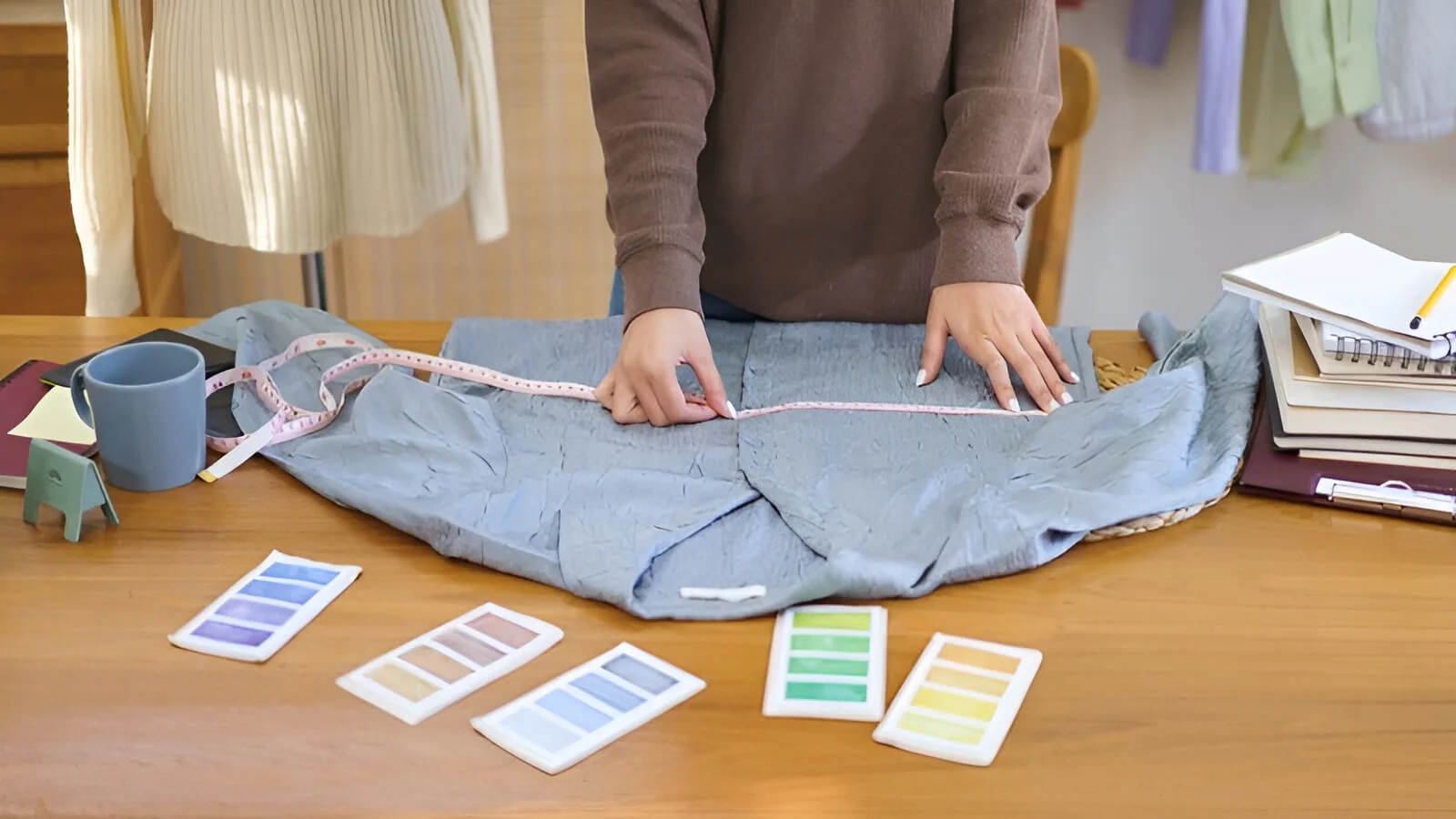
1.2 Purpose: Why make a proto sample?
The main purpose of a proto sample in clothing production is to validate the design concept and see how your design looks as real clothing, not just as a drawing. It helps check design, style, and how different parts look together. It’s important to know that a proto sample is not for checking perfect size or fit yet. That comes later.
1.3 Key characteristics: What is a proto sample like?
Understanding the unique characteristics of a proto sample helps manage expectations:
- Materials used: The fabric type used for a proto sample is often similar in weight and feel to what you plan for the final product, but not always the exact final material. Sometimes, a basic or less expensive fabric like muslin is used. This is to save costs or because the final fabric isn’t available yet. Good fabric matching in terms of feel is helpful, though.
- Construction & trims: Sewing might be basic, focused on showing the design rather than achieving perfect stitching. Trims like buttons or zippers (the extra bits on clothes) might be substitutes or even missing if they aren’t essential for understanding the basic design at this stage.
- Color: Proto samples are usually not made in the final color. Factories often use a common, readily available color like white, off-white, or grey.
- Main focus: The primary goal is to check the overall look and feel, to see if the design idea works in 3D. You’ll look at the main shapes (like an A-line skirt’s flare) and key design details (like if a pocket design is clear).
2. Why is the proto sample a big deal?
The proto sample might seem basic, but it’s a huge deal in the apparel product creation process. It plays a critical role long before you think about final production.
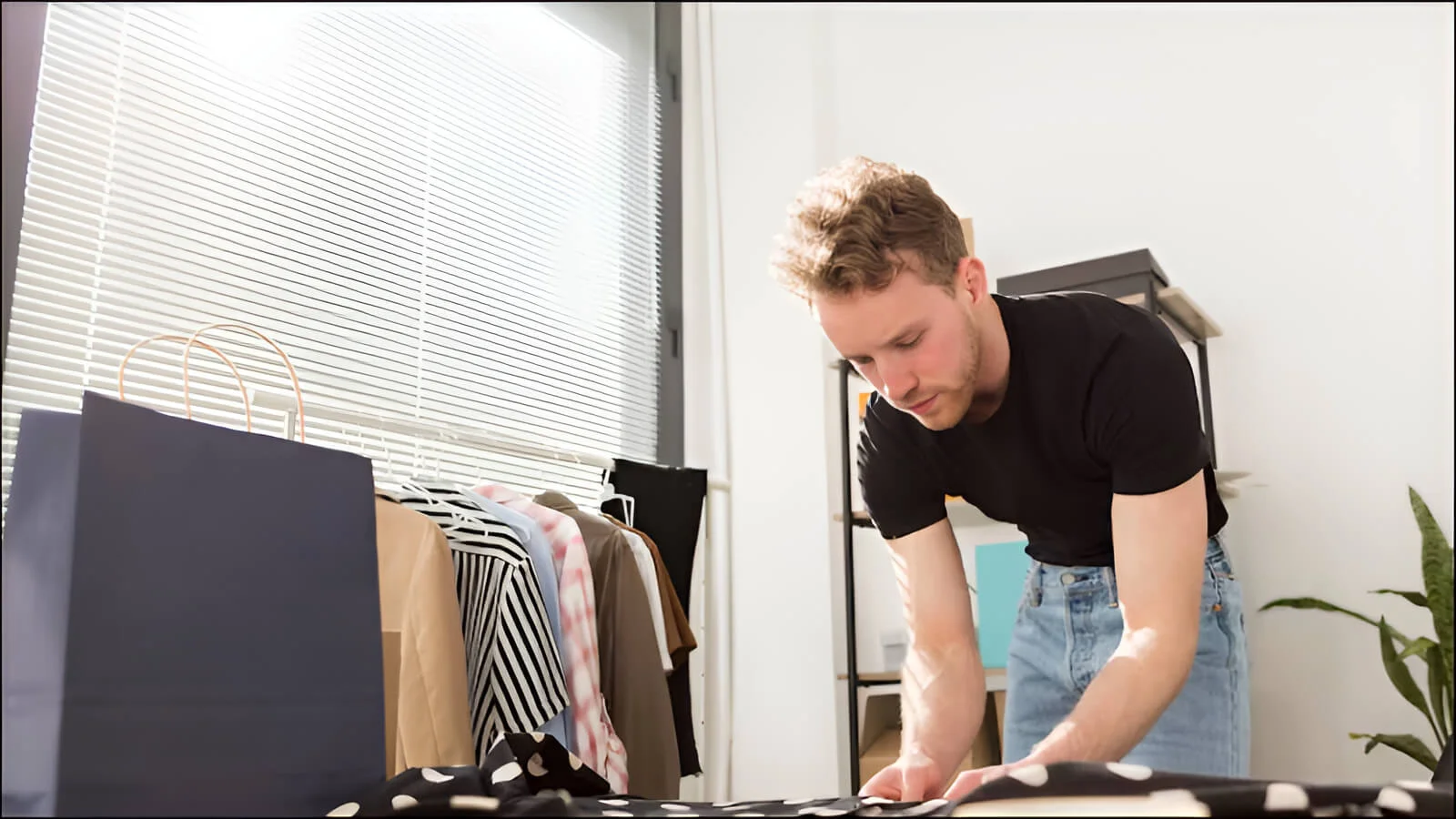
2.1 Saves you time and money later
Finding design flaws or issues with your proto sample is much cheaper and faster than discovering them when you’re using expensive final fabric or, even worse, after you’ve made a large batch of clothes. Imagine finding out a pocket design doesn’t work on a simple proto sample – that’s a quick fix. Finding it out after making 100 shirts is a costly mistake.
2.2 Helps find design problems early
This first physical sample quickly shows if a design is practical to make. It helps identify potential design issues. For example, you can see if a collar is too big for the shirt, if sleeves are too wide, or if different design parts look good together in reality.
2.3 Shows if your idea works as real clothes
A drawing looks flat, but clothes are three-dimensional. The proto sample represents the initial design idea in physical form. It’s your first real chance to see if your creative vision translates well into an actual garment. This helps you decide whether to move forward with the design as is, make changes, or even rethink it.
2.4 The first step to making your “tech pack” better
A “tech pack” is like a detailed instruction book for your garment. It includes all the sketches, measurements, fabric details, and sewing instructions. The proto sample helps you see what information or measurements in your initial spec sheet (a list of measurements) or tech pack might need to be clearer or adjusted for the next steps.
2.5 Basis for future samples
The proto sample, and the lessons learned from it, become the starting point for making more accurate samples later on, like the “fit sample” which is specifically for checking the sizing and fit.
3. How is a proto sample made?
Understanding how proto samples are made for fashion can help you prepare better and work more effectively with your maker or factory.
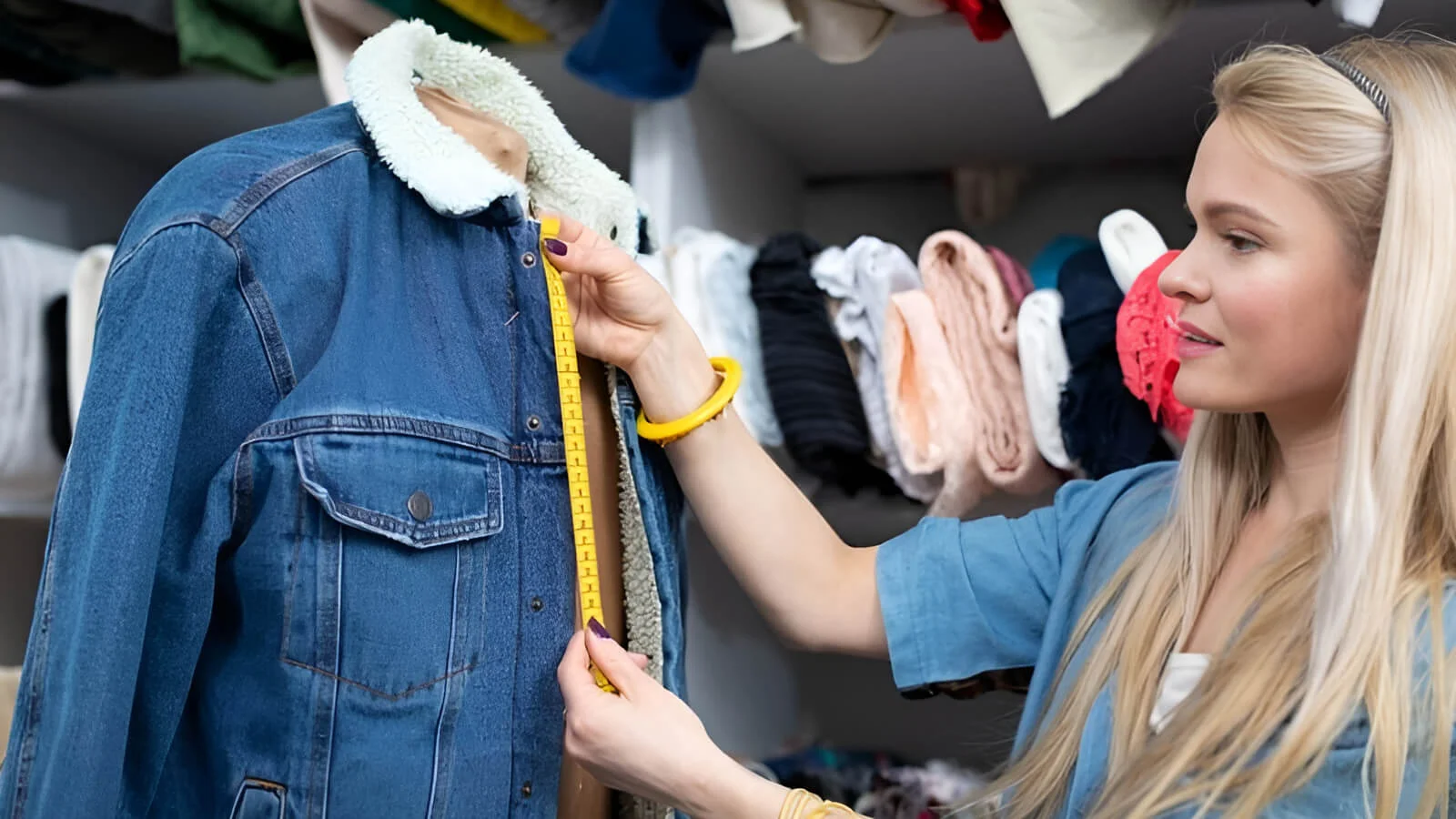
3.1 What you need to give your maker
To create a proto sample, you need to provide your maker with a “tech pack.” Think of it as a detailed instruction manual for your garment. A basic tech pack should include:
- Design sketches: Clear drawings or pictures of your design.
- A basic spec sheet: A list of key measurements, like the dress length or shirt’s chest width.
- Fabric & trim information: Notes on the desired fabric type and any trims like buttons or zippers.
3.2 The maker’s (factory’s) job
Once the factory has your information, they get to work:
- Making the pattern: First, they usually create a paper plan called a “pattern” from your sketch and measurements. This pattern is used to cut the fabric pieces correctly. This step is called pattern making.
- Choosing fabric: If you haven’t specified or provided the exact fabric type, the factory will often pick a fabric that is similar in weight and feel to what your design might need, or they’ll use a standard available fabric.
- Sewing the sample: They cut the fabric using the pattern and then sew the pieces together to create your proto sample.
3.3 How long does it usually take?
Making a proto sample can take anywhere from 1 to 3 weeks, but this can change. It depends on how busy the factory is and how complex your design is.
4. Checking your proto sample: What to look for
Your proto sample has arrived! It’s time to review it. Remember, at this stage, you should evaluate the proto sample for its overall style and concept, not for a perfect fit or flawless sewing.
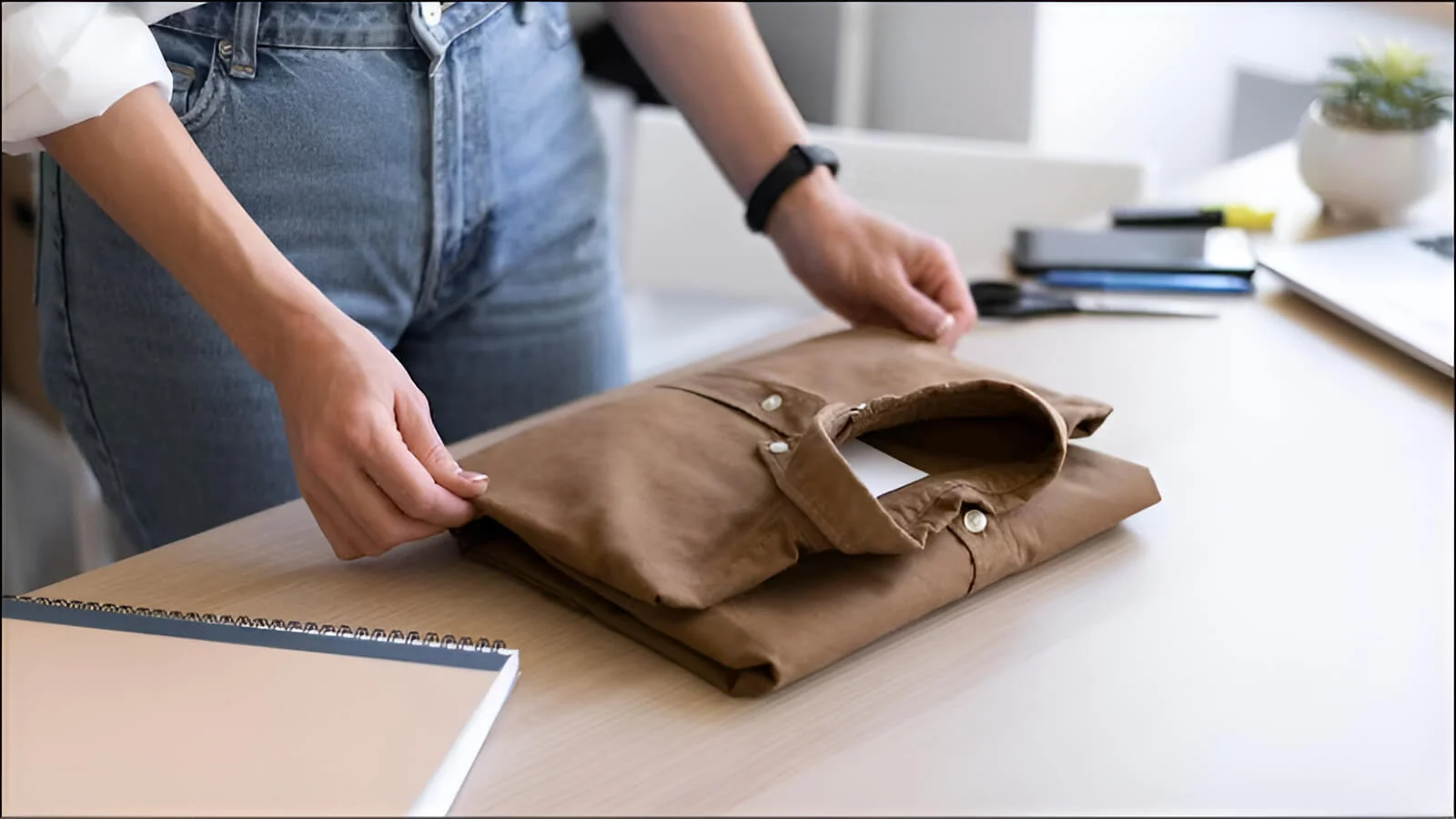
4.1 Key things to check in your proto sample
Here’s what to check in a proto sample:
- Overall look & style: Does it generally match your design idea or sketch? Does it have the basic feel you were hoping for? Are the main design parts, like the type of collar or the shape of the sleeves, basically correct?
- Proportions: Do the different parts of the garment look balanced? For example, is the pocket size appropriate for the shirt? Is the collar width in harmony with the neckline? Is the general placement of elements like pockets or button lines correct?
- Basic construction: Is it sewn well enough for you to judge the design? It doesn’t need to be perfect, but it shouldn’t be falling apart. More importantly, does the way it’s constructed reveal any problems with your original design?
- Any big mistakes or problems?: Are there any clear misunderstandings by the factory? Does seeing the real sample reveal any flaws in your original idea that you didn’t notice on paper?
4.2 Giving feedback to your maker
Knowing how to provide feedback on garment samples effectively is key:
- Be clear and simple: Use straightforward language.
- Use pictures: Take photos of the proto sample. You can mark them up with notes or draw on them to show what you mean. You can also mark up your original sketches to show differences.
- Refer to original info: If the sample is different from your sketch or initial spec sheet/tech pack, point this out.
- Make a list: Clearly list what you like, what needs to be changed, and why it needs changing.
5. Proto sample vs. other important clothing samples
The proto sample is just the first step in understanding different types of garment samples. There are more samples you’ll likely encounter as you move through the complete garment sampling stages in fashion. Each has a specific job.
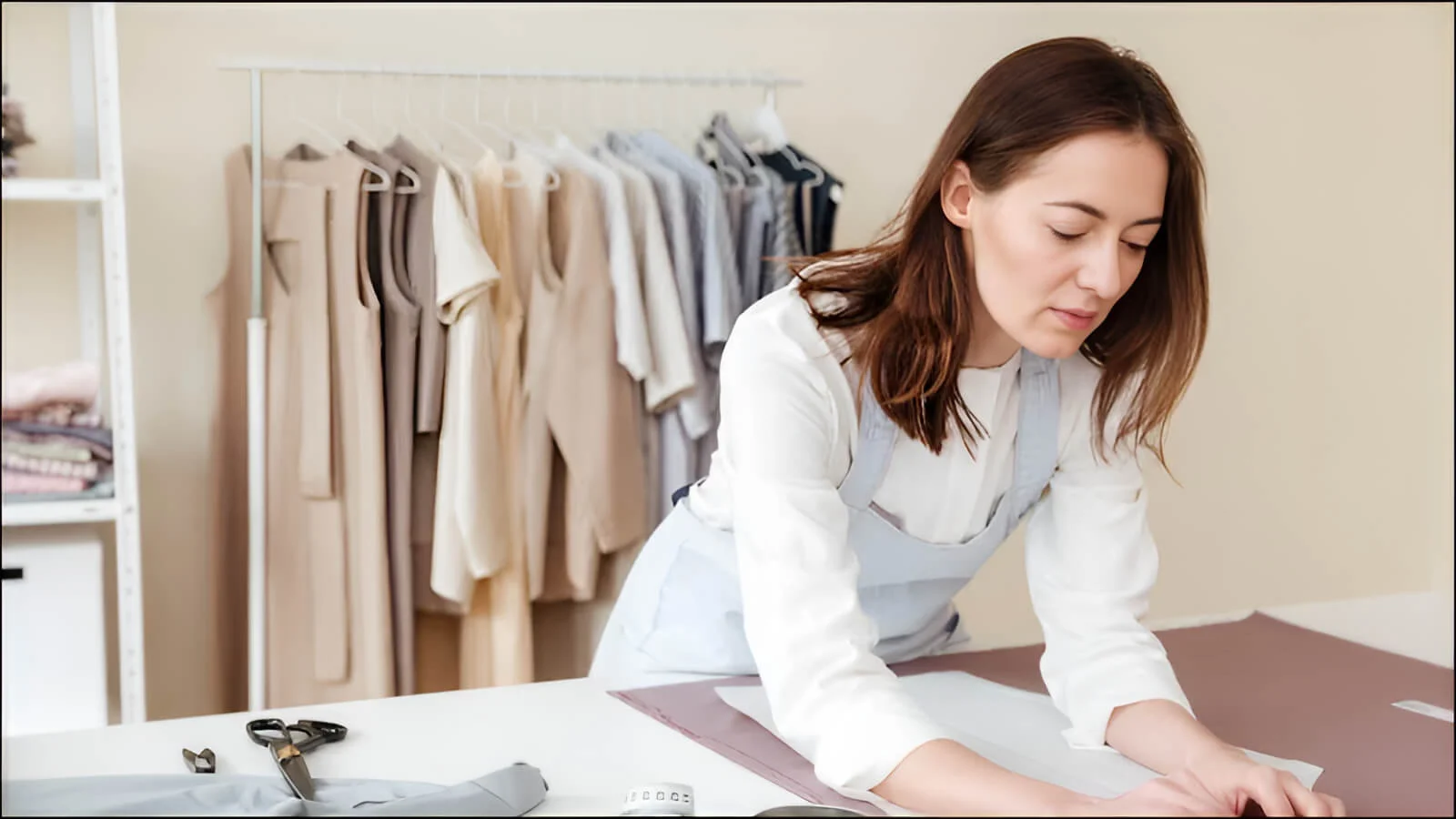
5.1 Fit sample
- Purpose: The main goal of a fit sample is to check the size and fit of the garment on a real person or a dress form. This is where you focus on comfort, how it hangs, and if the measurements are right for the body.
- Materials: It might use a similar fabric to the final one, or even the final fabric if available. The sewing quality is usually better than a proto.
- Difference from proto: While a proto focuses on the basic design concept, a fit sample is all about getting the size and shape right on the body
5.2 Salesman sample (SMS) / photo sample
- Purpose: These samples are made to show to potential buyers or to be used in photoshoots for marketing materials or websites. They need to look very good.
- Materials: The fabric and trims are usually very close to, or exactly, the final materials. The quality of making is high.
- Difference from proto: Proto samples are mainly for internal checks and design validation. SMS/photo samples are for showing to others and need to be presentable and high quality.
5.3 Pre-production sample
- Purpose: This is the final sample you approve before the factory starts making all your clothes in bulk. The pre-production sample (PP sample) must be PERFECT – exactly how you want the final product to be.
- Materials: All exact final materials must be used: the correct fabric, all the right trims, labels, tags, and even packaging.
5.4 Size set sample
- Purpose: When you plan to sell your garment in different sizes, you’ll need size set samples. These check if the sizes are correct after pattern grading.
- Materials: Usually made with the final fabric or a very similar one.
- Difference from proto: A proto sample is typically made in only one size. Size set samples are made to check a range of different sizes.
5.5 TOP sample
These are the very first few items taken directly from the main production run. They are checked against the approved PP sample to ensure everything is consistent before the factory continues with full production.
| Sample Type | Main Goal | Fabric Focus | When Branding is Added |
|---|---|---|---|
| Proto Sample | Check basic design & style | Similar/Basic Fabric | Usually None |
| Fit Sample | Check size & fit on body | Similar/Final Fabric | Usually None |
| Salesman/Photo Sample | Show buyers/for photos | Final/High Quality Fabric | Sometimes basic, or full if for final look |
| PP Sample | Final approval before bulk | Exact Final Fabric & Trims | All Final Branding (Labels, Tags, Packaging) |
| Size Set Sample | Check all sizes | Final/Similar Fabric | Sometimes, especially if used as Salesman Samples |
| TOP Sample | Check quality from production line | Exact Final Fabric & Trims | All Final Branding (as per PP Sample) |
6. Your questions answered: Proto sample FAQs
6.1 How many proto samples do I usually need?
Usually, one is enough. However, you might need a second one if your design is very complex or if the first proto sample is very different from your idea. There can be multiple proto versions for complex designs before the fit sample stage.
Generally, no. It might have a basic factory identification tag, but your brand’s specific labels and hang tags are usually added to later samples, like the PP sample, when all details are being finalized.
6.3 Can I skip the proto sample to save money?
It’s not recommended. Trying to save money by skipping the proto sample can actually cost you more money and time later if big design problems are not found early.
6.4 What if my proto sample looks very different from my design idea?
First, give very clear feedback to your maker. Try to understand if the difference was due to a misunderstanding by the factory, or if your original design idea needs some changes now that you see it in 3D. You might need a new proto sample in this case.
6.5 Can a proto sample be made on a computer (digital)?
Yes, sometimes this is done. It’s often called a “digital 3D proto sample.” Special software is used to create a 3D model of the garment on a computer. This can be good for checking some aspects of the design, like how it might drape or look, before making a physical proto sample.
Explore more:
To sum it up, the proto sample is a foundational step in garment creation. While it may seem basic, its role is vital. A good proto sample helps you validate your design, save time and money by catching problems early, and sets you on the right path toward a successful final product.
Understanding how this first sample works is key to turning your fashion ideas into real, wearable clothes. We hope this guide from Packlove has clarified what a proto sample is and why it’s so valuable for your clothing projects!






















